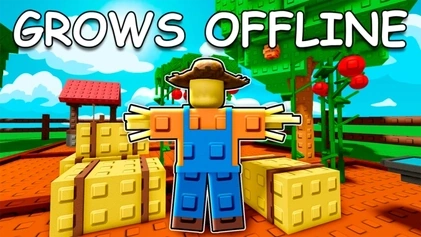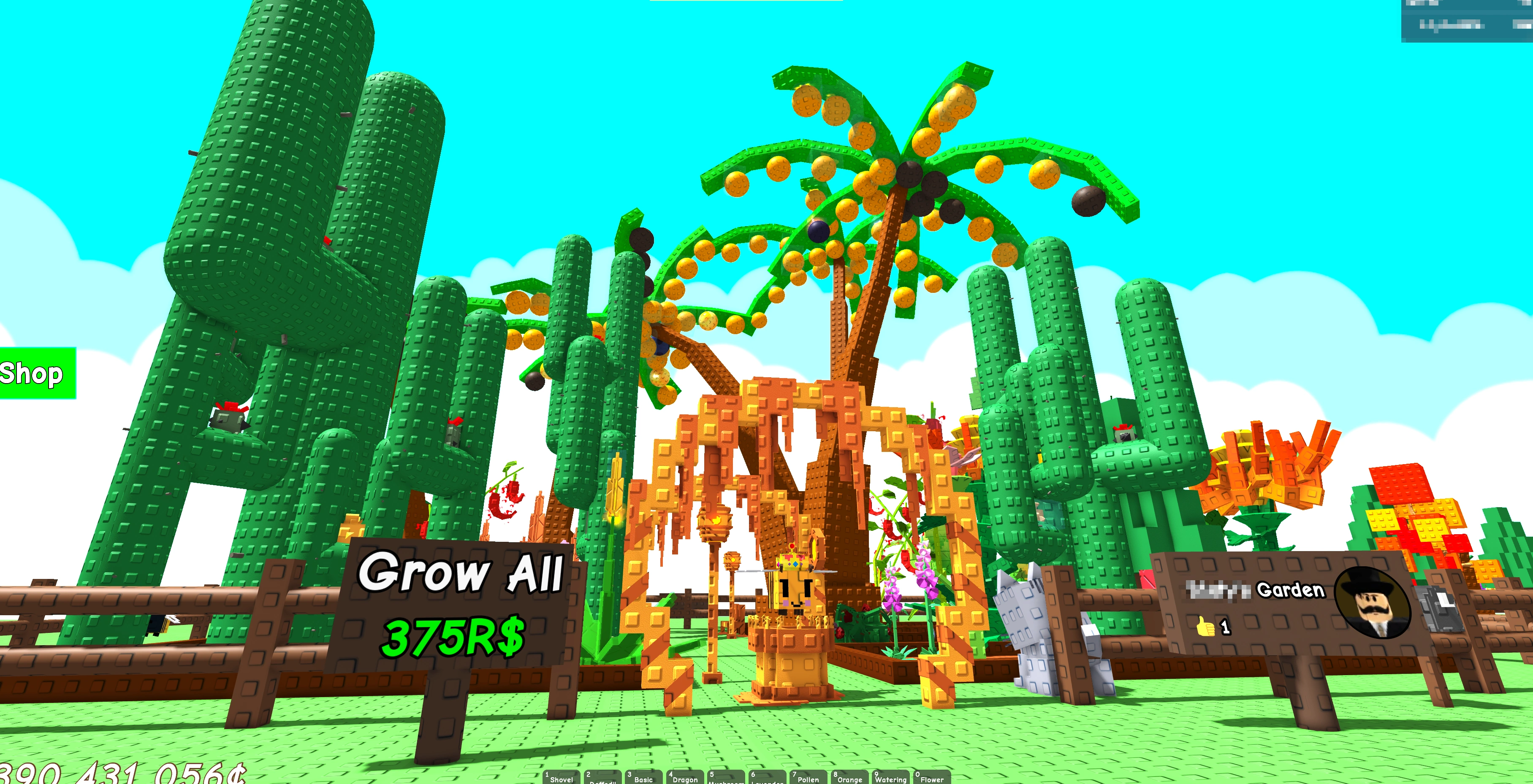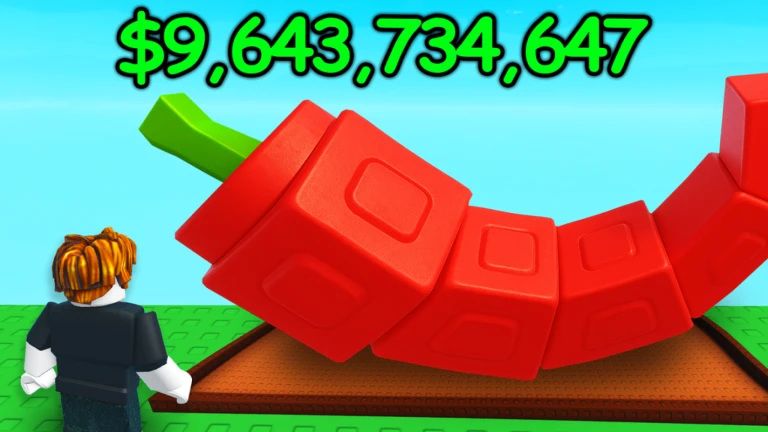Grow a Garden: Anatomy of a Viral Idle Empire

Aaron Stone
Published August 8, 2025 • Updated August 8, 2025
Share Article

Grow a Garden has not just broken records on Roblox — it has redrawn the limits of what a viral game can achieve. Its CCU (concurrent user) peaks of over 21 million have forced even industry analysts to rewrite their playbooks. According to IGN, “Grow a Garden has released its Summer update 1.11.0, propelling the Roblox game to comfortably the highest recorded concurrent player count in video game history. The microtransaction-fueled free-to-play farming simulator had already shot past Fortnite’s concurrent peak of 15.3 million players... with an incredible 16.4 million concurrent players. At the time of this article’s publication... Grow a Garden was at an astonishing 21.3 million concurrents.” This is not the product of technical wizardry or original gameplay concepts, but of precision engineering around player behavior, monetization, and the underlying dynamics of the Roblox platform itself.
According to IGN, Grow a Garden was at an astonishing 21.3 million concurrents, the highest recorded concurrent player count in video game history.
From a development perspective, Grow a Garden is an object lesson in working smarter, not harder. The game runs smoothly across every Roblox-supported device, but there’s nothing here that required a blockbuster team or deep custom tech. Its success is almost entirely a product of systems design: economy, player psychology, monetization, and ruthless alignment with platform mechanics. Countless Roblox games have consumed far more developer hours for a thousandth of a percent of the return. In every way that matters, Grow a Garden is a triumph of product and behavioral design over brute-force coding or visual design.
The core loop is intentionally shallow, yet turbocharged: plant, harvest, buy, and upgrade, endlessly. Every crop, mutation, and minor achievement is engineered for a dopamine hit. Progress is always public — your garden is visible to all, fueling comparison and driving a constant need to keep up. And even if you walk away, your crops keep growing. The result is an unbroken stream of low-effort rewards that always promise just a little more, while simultaneously inflating CCU for the algorithm.
AFK farming isn’t just allowed — it’s a core feature. User peaks align with updates and limited drops, as millions leave the game running for maximum idle gains. Crop mutations, the main flex/status mechanic, only occur if you’re actually in-game. Meanwhile, the shop refreshes every five minutes, baiting players to check for seeds that are almost never in stock (but which you can always buy outright for Robux). The design exploits Roblox’s algorithmic bias toward visible CCU. The more players idling, the higher the game surfaces for others, intensifying the cycle. Put bluntly: either you’re playing and collecting, or you’re contributing to the game’s artificial sense of 'massive activity.'
For those who won’t wait, Grow a Garden offers frictionless, omnipresent monetization. Nearly every process — crop timers, rare seeds, pets, cosmetic mutations, AFK boosters — can be paid to accelerate. Nothing is strictly paywalled, but waiting is engineered to feel suboptimal, and spending Robux is made to feel inevitable. Loot boxes, FOMO events, and limited mutations drive a gacha loop that’s only possible when microtransactions are instant and nearly invisible. The free player feeds the numbers, the spender feeds the revenue — and both are essential to the engine.
Put bluntly: either you’re playing and collecting, or you’re contributing to the game’s artificial sense of 'massive activity.'
This dual funnel — AFK for algorithmic dominance or pay to skip the wait — is mathematically devastating for competitors. Every user, active or not, is either pushing up surface metrics or paying. The formula is simple: exploit AFK farming to dominate the algorithm, and impatience to drive revenue. Every user either boosts the numbers or becomes a customer. Event drops and content updates reset the loop, and because gardens are public, status and exclusivity become intrinsic motivators. Your garden isn’t just a play space; it’s your brand — a public signal of taste, investment, and luck.
The creative layer is crucial. The core loop may be simple, but the game acts as a constrained creative platform: players decorate, show off rare pets, and express themselves within set boundaries. The mutation mechanic — where rare crops and pets appear unpredictably — injects both gambling compulsion and an aspirational economy of status. Each new rare release floods YouTube and TikTok with short-form showoff clips. For many, the chase for unpredictability is the game.
Atmosphere matters, too. The developers built around public domain classical music, giving the game a laid-back, pastoral feel at zero licensing cost. The soundtrack changes dynamically with in-game weather and time of day, keeping things fresh even during marathon AFK sessions. The audio-visual layer isn’t technically groundbreaking, but it’s carefully tuned to avoid fatigue.
The formula is simple: exploit AFK farming to dominate the algorithm, and impatience to drive revenue. Every user either boosts the numbers or becomes a customer.

Of course, this model has its drawbacks. The same frictionless, ultra-short loop that drives virality also leads to rapid burnout. Many players churn within a week or two of heavy play; there’s little depth or long-term strategy, and once a garden is maxed, only the next update or status flex draws people back. As PCGamesN put it, it’s 'a pretty standard AFK game' — but hyper-optimized for mass compulsion.
On the business side, a billion-dollar valuation has been rumored since Grow a Garden’s second month online. Based on ARPDAU, engagement, and Roblox’s own public metrics, a $1B valuation is not only plausible — it may even be conservative if current momentum continues. Grow a Garden is, by any measure, the fastest and most ruthlessly efficient viral product Roblox has has ever seen. Still, Roblox’s harsh revenue split, combined with GaG’s relatively weaker stickiness and retention compared to top-tier F2P giants like Fortnite, imposes limits: its ceiling is lower, churn is higher, and its long-term staying power remains unproven. Even so, few digital products in history have ever reached this scale, this quickly, and with such a lean team.
Based on ARPDAU, engagement, and Roblox’s own public metrics, a $1B valuation is not only plausible — it may even be conservative if current momentum continues. Grow a Garden is, by any measure, the fastest and most ruthlessly efficient viral product Roblox has has ever seen.

Rather than reinventing the wheel, Grow a Garden succeeds by exploiting every systemic advantage that Roblox offers to developers willing to study the rules. Its meteoric rise had nothing to do with breakthrough technology or novel gameplay, but everything to do with understanding what actually drives growth and engagement on the platform: visible progress, low-effort rewards, constant public comparison, and a relentless loop of minor achievements. By making gardens public and rewarding both activity and idling, the game turbocharges its concurrency metrics, ensuring that it stays surfaced and recommended, regardless of whether users are actively playing or simply logged in for AFK rewards.
Monetization is everywhere but never forced; waiting is made so tedious that paying becomes the path of least resistance, while free players boost the game’s metrics simply by being present. Every system, from randomized crop mutations to short shop refresh cycles and creative garden flexing, is tuned to enhance algorithmic visibility and social sharing, transforming individual progress into a public spectacle that drives virality. While the design’s efficiency comes at the cost of rapid burnout and shallow long-term appeal, Grow a Garden proves that the real winners on Roblox are those who design around the platform’s economic and behavioral realities, not just the ones who build the flashiest game. For anyone serious about growth on the Roblox platform, the game offers a clear, albeit ruthless, blueprint for turning every player — active or idle — into a catalyst for growth.
Share Article